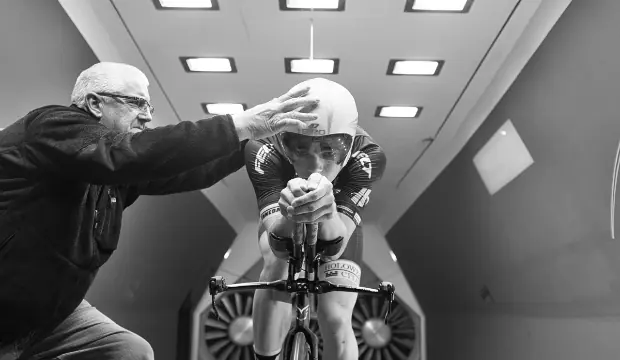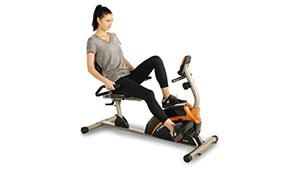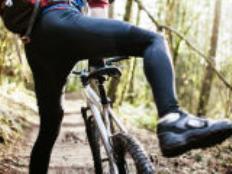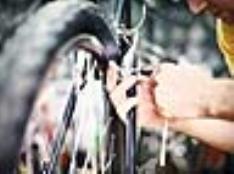
Jon Hornbeck is a member of Holowesko-Citadel Racing Team p/b Hincapie Sportswear. Follow him on Twitter.
Unlike other areas of cycling, the time trial discipline is the one area where you can basically "buy time." This is where you see cyclists with the best bikes, top of the line wheels, the newest aero helmets and so on. All that tech only goes so far, though--if your bike fit is off and you're not in the best position possible, you are giving up time.
Personally, I haven't had the chance to do much work with my position--it's more or less UCI legal and I race it as is. That sort of thinking works on a road bike, but on a TT rig it doesn't al-ways end up with the best results. So when our team director, Thomas Craven, sent an email last month asking who wanted to participate in a day of testing at the A2 Wind Tunnel, I naturally jumped all over it.
Am I Aero?
I went into the A2 Wind Tunnel test with no knowledge of whether or not I am aero. I was basi-cally a blank canvas.
From the outside, A2 looks more or less like a typical building. Walking in, you're greeted by walls lined with many different types of aero helmets and wheel choices. Next door, a much larger room houses a warehouse with a very big tunnel inside of it, giving the whole thing kind of a Batcave-like aura.
In talking with the guys at A2, I really wanted to soak up as much information as I could to make the most out of the experience. One of my biggest takeaways was that everyone is so different, meaning what works for me likely won't work for my teammate.
For example, take the latest and greatest fancy aero helmet. It could actually be slower than your helmet from a few years back--it comes down to which helmet suits your personal position the best. That's why you'll notice different TT helmets among riders on even the biggest WorldTour teams.
Testing, 1...2...3
Once it was my turn in the tunnel, I kitted up in my skin suit and put on my new Giro TT helmet, my Felt DA bike with Mavic TT wheels already mounted on the moving platform. I got into posi-tion and started pedaling as the fans came on.
The fans blow at 30 mph, so it really does feel as though you're pushing a descent pace out-side, and not stationary. Each "run" was between three and four minutes, and I was told to ride at a sub-threshold Zone 3 pace. The first half would be at a 0-degree wind angle--a perfect scenario that's nearly impossible in reality--then it moved to 10 degrees for a more accurate crosswind reading.
To get an accurate reading, you have to be completely still. At first I was moving a bit too much forward and back on my saddle trying to get comfortable, preventing an accurate reading.
I worked on staying still while they fired up the fans again, only to be told my head was now moving. While this is apparently a common problem, I still felt like an idiot and not so much a professional cyclist.
There are several cameras in the wind tunnel, each projecting different images of you onto the ground in front of you, so you can see yourself from all different angles. To keep me still, the technicians took out a whiteboard, put me in the position they wanted and outlined the position they wanted me to stay in.
Now my job was to watch myself and make sure I didn't move out of that red outline. I felt like a toddler, but it worked and we were finally able to get my base reading.
- 1
- of
- 2








Discuss This Article